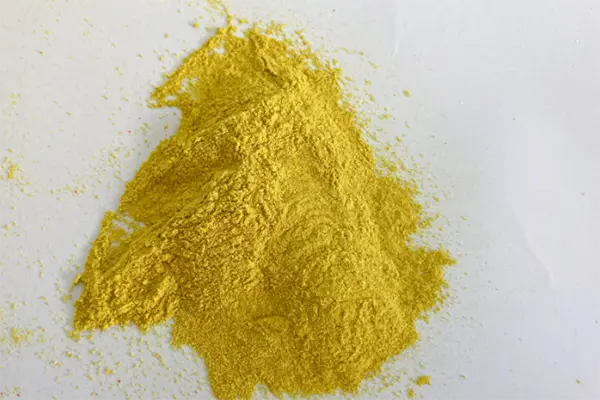Ammonium citrate is a water-soluble salt with the chemical formula (NH4)3C6H5O7. It is used in various applications, from pharmaceuticals and the food industry to cleaning products and as a starting point for chemical synthesis. Making ammonium citrate at home is a straightforward process, but it does require access to certain chemicals and safety precautions. In this blog post, we’ll explore the steps to produce ammonium citrate, the necessary materials, and safety considerations.

Materials Needed
To make ammonium citrate, you will need:
- Citric acid (C6H8O7)
- Ammonium hydroxide (NH4OH), also known as aqueous ammonia
- Distilled water
- A large beaker or flask
- A stirring rod
- A hot plate or Bunsen burner (for heating)
- A pH meter (optional, but helpful for precise pH control)
- Safety goggles
- Gloves
- A well-ventilated area or a fume hood
Safety First
Before you begin, it’s important to note that both citric acid and ammonium hydroxide can be harmful if not handled properly. Always wear safety goggles and gloves, and work in a well-ventilated area or under a fume hood to avoid inhaling fumes.
The Process
Step 1: Prepare Your Workspace
Set up your beaker or flask, stirring rod, and pH meter (if using) in a safe and stable location. Ensure that your hot plate or Bunsen burner is ready for use and that you have access to distilled water.
Step 2: Measure Citric Acid
Weigh out the required amount of citric acid. The exact amount will depend on the scale of your production, but a typical ratio is three moles of ammonium hydroxide for every one mole of citric acid.
Step 3: Dissolve Citric Acid
Add the citric acid to the beaker or flask, then add distilled water to dissolve it. Heat the mixture gently if needed to help with dissolution. The amount of water will depend on the volume you wish to make up your final solution.
Step 4: Add Ammonium Hydroxide
Slowly add ammonium hydroxide to the citric acid solution while stirring. The reaction between citric acid and ammonium hydroxide will produce ammonium citrate and water as follows:
Step 5: Monitor the pH
If you have a pH meter, monitor the pH of the solution as you add the ammonium hydroxide. The pH should rise as the reaction progresses. Aim for a pH around 7 to 8 to ensure complete reaction.
Step 6: Continue Stirring
Keep stirring the mixture until the citric acid has fully reacted and the solution becomes clear. This indicates that the ammonium citrate has been formed.
Step 7: Cooling and Crystallization (Optional)
If you want to obtain a crystalline form of ammonium citrate, allow the solution to cool slowly. Crystals may begin to form as the solution cools.
Step 8: Filtering and Drying
Once the reaction is complete and the solution is clear (or crystallized), you can filter out any undissolved material. The remaining liquid or crystalline solid is ammonium citrate.
Step 9: Storage
Store the ammonium citrate in an airtight container, away from heat and light to maintain its stability.
Conclusion
Making ammonium citrate is a simple chemical process that can be accomplished with basic laboratory equipment and chemicals. Always remember to follow safety protocols when working with chemicals, and be sure to understand the properties of the substances you are using. Ammonium citrate, with its wide range of applications, is a valuable compound to understand and have knowledge of in the field of chemistry and beyond.
Post time: Apr-23-2024










